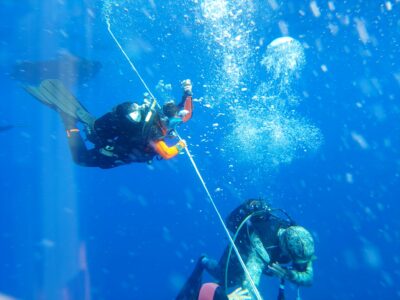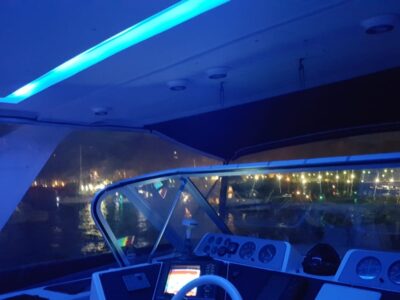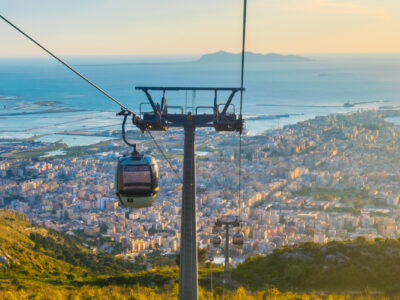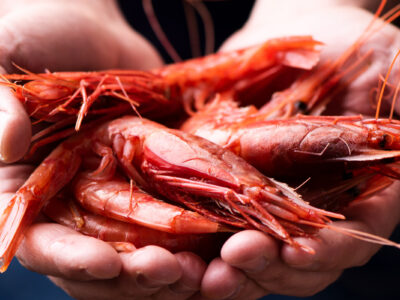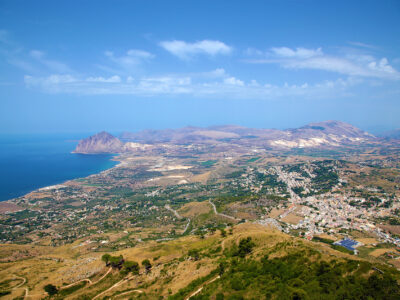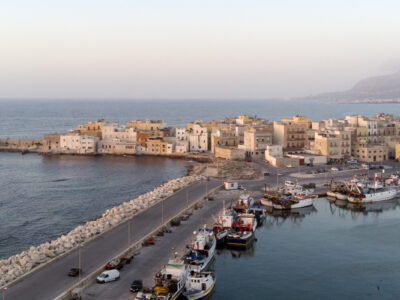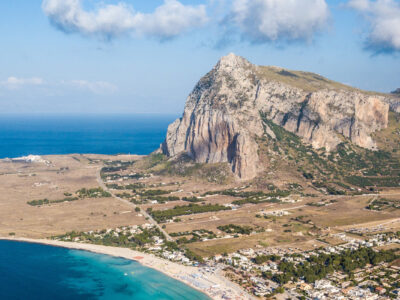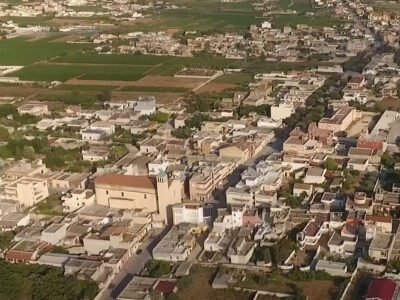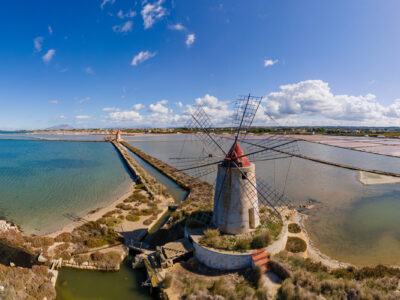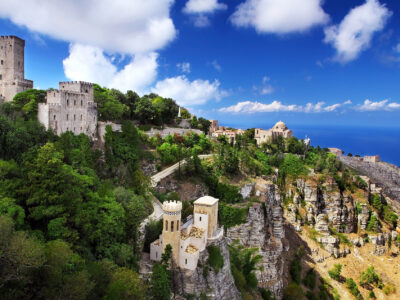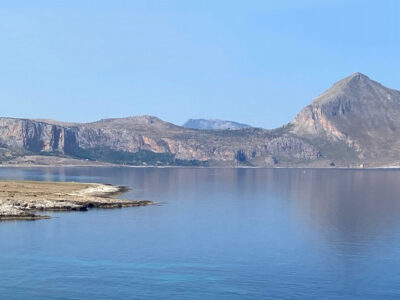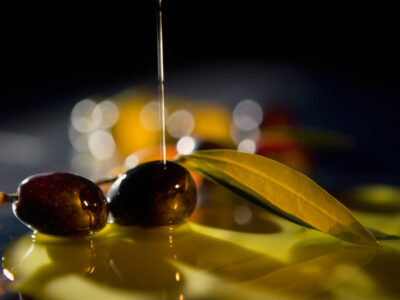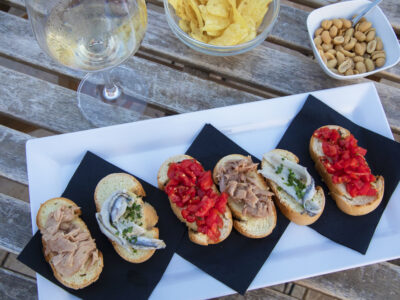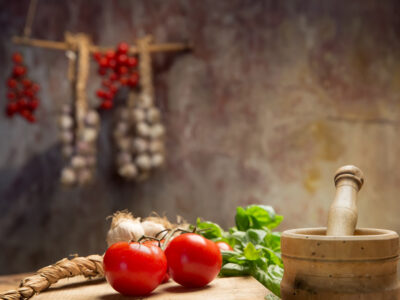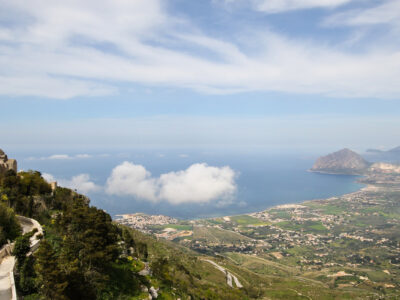Erice
Erice
In Erice, every corner of the historic center (such as streets, typical flowered courtyards, churches, palaces, the three doors, the small Cordici Museum, the Elymian-Punic remains) witnesses its thousand-year old history.
Erice is situated on the top of the homonymous mountain, at 751 meters above sea level, and has ancient Elymian origins; the town was later inhabited by the Carthaginians, Romans, Byzantines, Arabs and Normans and today it retains its medieval appearance with narrow cobbled streets. It still preserves a stretch of the north-western walls, so-called “Cyclopean walls”, built by the Elymians (8th century b.C.), reinforced by the Carthaginians (6th century b.C.) and completed by the Normans (12th century a.C.), along which open three gates: Porta Spada, Porta Carmine and Porta Trapani.
An interesting monument is the Main Church (14th century) with its adjacent bell tower (13th century); built in the 14th century, with a complete interior renovation during the 19th century, the church houses valuable works of art including a marble “ancona” (or altarpiece) by Giuliano Mancino (1533).
You can also visit the Norman Castle, built on the ruins of the temple of Venus, the gardens of the Balio, the Cordici Museum which houses significant archaeological finds found in Erice and in the surroundings, paintings and sculptures, including an Annunciation by Antonello Gagini (1525), as well as local craftsmanship products. Erice houses the “Ettore Maiorana Centre for Scientific Culture”.
Culture and History
The hamlet was, in ancient times, inhabitated by the Elymians, Carthaginians and Romans, but it became very famous in Roman times thanks to the sacred place of Venere (Venus) Ericina, very much frequented by sailors, erected in the place where today the castle stands. The cult of the divinity (the goddess Venus), started by the Sicans and kept by the Elymians, Phoenicians and Carthaginians, spread throughout the Mediterranean and this sacred place was famous for its uses and oriental rites, such as sacred prostitution and rearing of doves.
After the Romans the temple rapidly declined until the arrival of the Normans who made it one of the most important strongholds of Sicily.
The architectural structure visible today dates back to the twelfth century; it was built using materials of the existing Roman sacred place, of which remains just some stretches of wall, and adapting it to the shape of the crag.
Inside of it resided the representatives of the royal authority: the “bajolo” (a civil judge and tax collector), the captain of the royal army and later the castellan.
Until the sixteenth century the castle was a royal Spanish square, later, between the sixteenth and seventeenth centuries, it was used as a prison. In 1628 the nobleman Alberto Palma bought, for 800 onze, the position of “castellan”, filled the moat up and built the current staircase; hereafter the guidance of the prison and maintenance of the fortress were entrusted to his heirs.
In 1872 the count Agostino Pepoli restored the fortification works at his own expense, rebuilt the pentagonal tower, fixed the public garden around the castle thus creating the beautiful park called Balio, so called because it was created in the place where the Bajolo once resided.
To him we also owe the construction of the so called Torretta Pepoli, a characteristic Art Nouveau building intended to be used for the study and meditation in a panoramic and suggestive position.
The terraces of the Balio offer spectacular views suspended between sky and sea: the scythe-shaped city of Trapani, the Aegadian Islands, the Stagnone (Lagoon) of Marsala, the azure of the Mediterranean up to Pantelleria and the African coast, are unique and extraordinary views.
Going into the city center you walk through the typical and original cobbled streets: from the older pavings made exclusively of stones or simple guides, to those ones of the nineteenth century made of polished slabs, with an elongated hexagon shape, which frame the stones.
Sometimes the rows of slabs get thicker to facilitate the transit of wheeled vehicles. Typical are the venule, called “vaneddi” in local dialect, narrow alleys, also with steps, built for defence and for mitigating the effects of winds.
The most significant element of the urban construction is the courtyard whose origin, in the Mediterranean area, is to be found in the Roman peristilium (an open courtyard within the house), in the Arabian courtyard, in the Spanish pathio; doors, windows and balconies, which give light and air to indoor environments, open out onto this common area, often belonging to several families connected by kinship. Almost always a staircase leads to the first floor gallery, with railings made of ashlars of tuff and with a “full and empty” placement, so as to create a characteristic chequerboard pattern. Solid corbels support slabs of balconies under which, usually, opens a door. In the courtyards, among plants and flowers which are lovingly taken care of by ladies and to which they dedicate their time, two typical elements can be found: the well, of condominial ownership sometimes dug into the rock, and the pila, basin for hand-washing laundry, carved in a single block of stone. The facades of these buildings are generally simple, with the full parts prevailing on the empty ones: doors, windows and balconies open mostly inwards, almost as if to signify the private nature of the house and the privacy of family life.
In local confectionaries can be tasted the typical “dolci di badia (sweets made in the cloisters)”, produced only locally, according to old recipes of the cloistered nuns. With ancient techniques are also produced wonderful carpets (made using a loom) and refined ceramics. Today Erice is best known around the world for the prestigious Ettore Maiorana Centre for Scientific Culture, frequented by internationally renowned scientists and scholars.
Unfortunately no accommodations were found.
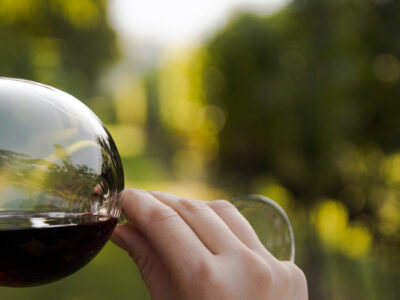
Tasting of 4 wines and local products
via Conte Agostino Pepoli, 11 - 91016 Erice (TP)Tasting of 4 wines from the Erice DOC area in combination with typical local products, in a wine shop at the entrance to the city of Erice.


